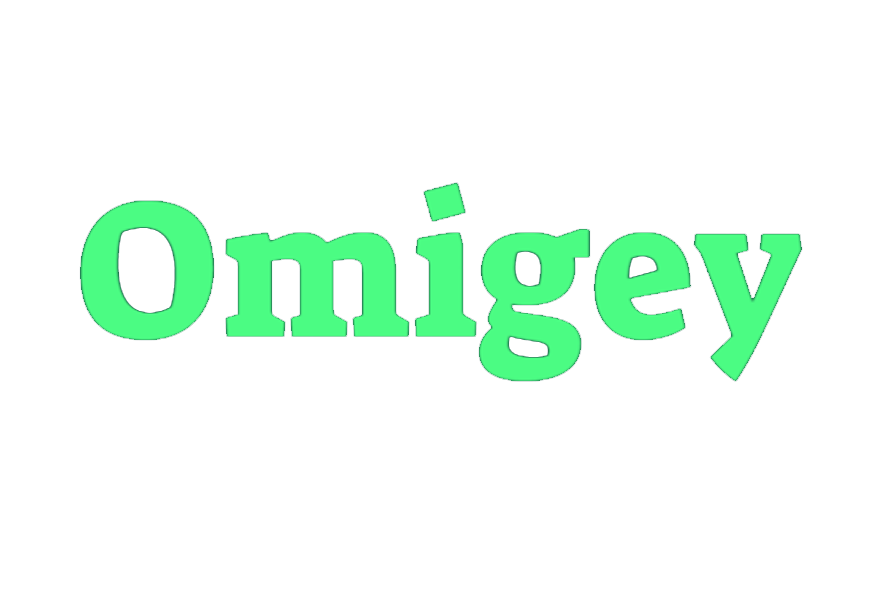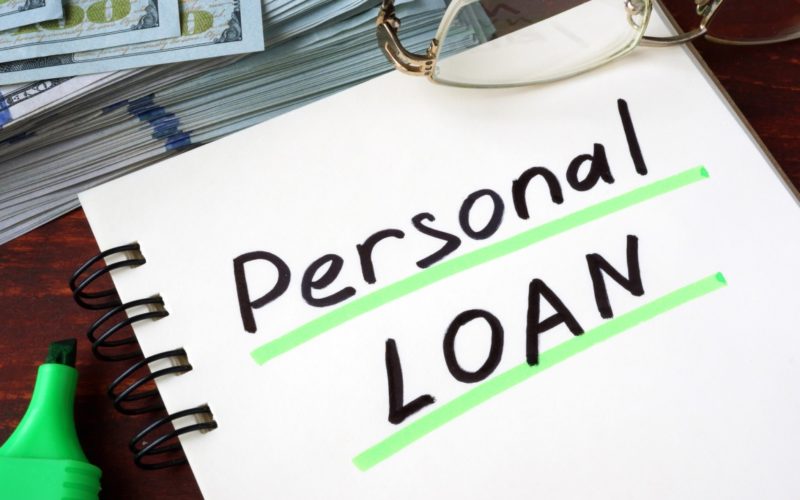People apply for loans every day, but personal loans are the most sought-after type of consumer debt. One main benefit of personal loans is that borrowers can use them for different purposes like paying off hospital bills, mortgages, or consolidating debts. With personal loans, borrowers receive a lump sum of money, which they have to pay over a specified period with specified interest rates.
There are different personal loans with different terms and rates suitable for different situations. Therefore, borrowers should research before applying to determine what suits their needs best.
Unsecured loans
These personal loans are not secured with collateral. Collateral are things a borrower surrenders to the lender, like a house or car, which the lender can possess or sell if the borrower fails to pay their debt.
These loans are risky for lenders, resulting in higher annual percentage rates, which determine the total cost of the loan, including interest and extra charges. Many lenders approve borrowers based on credit scores, current income, and income-to-debt ratio.
Interest rates usually range from around 6%-36%, and the loan payment period goes from two to seven years.
Secured personal loans
Unlike unsecured personal loans, these are backed by collateral. They include auto loans covered by the car and mortgages covered by the house. Some financial institutions allow borrowers to use personal savings or different assets as collateral.
Since there is less risk in these loans, the interest rates are usually lower than those for unsecured personal loans.
Fixed-rate loans
Many personal loans have fixed rates, meaning borrowers have a fixed monthly installment and interest to pay throughout the payment period. A fixed-rate loan makes it easier for borrowers to budget, ensuring they never miss a payment. As per the experts at SoFi, “If you plan to pay your loan back over a longer period of time, say 10 or 20 years, you might prefer to eliminate the risk of interest rate changes over time by selecting a fixed rate loan.”
Variable-rate loans
These are the opposite of fixed-rate loans. Their interest rates and monthly installments are determined by a benchmark rate determined by the lender. The interest rates and installments rise and fall depending on the benchmark’s rate fluctuations.
They usually have a cap limiting how much the rates and installments fluctuate over a specific time or the loan’s lifetime. They usually have lower APRs than fixed-rate loans, but according to experts at So-Fi, they are the best for borrowers with short repayment periods. This is because the rates are not likely to change over a short period dramatically.
Debt consolidation loans
These debts combine several debts, leaving the borrower with one monthly payment. Borrowers mostly use it to pay off medical bills, credit card debts, and other personal loans.
They help borrowers save by avoiding several interests and late fees. However, they are suitable if they have lower APR rates than the existing debts combined.
Co-signed and joint loans
These are good for borrowers who want lower rates or can’t qualify for a personal loan, mainly because of low credit scores. Co-signers promise to pay off the debt if the borrower is unable to but can’t access the loan funds.
Personal lines of credit
These are revolving credits that are more similar to credit cards than loans. Instead of borrowers getting pump sums, they access a credit line they can borrow from when they need the money. They are a good option for borrowers who need money for ongoing expenses.
To get low interest personal loans, borrowers should research the market and compare different lenders’ rates and fees. They have higher chances of working with lenders like So-Fi, whose personal loans have low rates and no fees.













